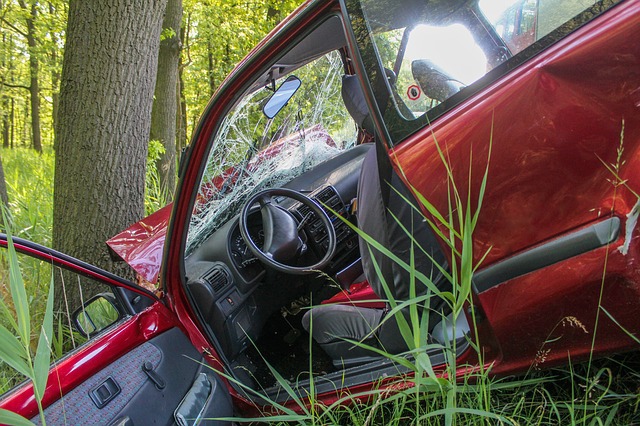You’ve probably heard somewhere that car accidents tend to increase your insurance rates. Before you start panicking after an accident you should know some of the facts. Whether or not a rate increases and how high the increase is, depends on the insurance company’s policy. There are three common factors that determine a driver’s insurance rate after an auto accident.
Your Driving History Affects Your Premium
Some insurance companies look at the driver’s past driving history to determine whether to increase a premium. With most companies, poor driving history—like having multiple traffic tickets—is likely to influence these insurance rates. Most companies that view driving history as a determining factor charge higher rates after the accident and when the driver is joining the insurance company. Over time, however, if the driver has not had anything else added to his motor vehicle record, the rate usually decreases. This is because good driving is rewarded, and the insurance company is less likely to see the driver as reckless.
Your Rate Usually Increases When You’re At-Fault
Similar to receiving traffic tickets, being at-fault in a car accident is frowned upon when it comes to receiving a good interest rate. Insurance companies look at whether or not a driver has recently caused any car accidents. At-fault accidents make drivers appear to be more of a liability, and insurance rates can be higher for this reason. Even small infractions like side-swipe accidents after not checking a blind-spot can influence with certain providers. If the driver hasn’t had an at-fault accident, or if it’s been years since they have, insurance rates usually decrease.
Your Age May Determine Your New Insurance Rate
Statistics usually show younger drivers have car accidents more frequently, and insurance companies tend to follow statistics when deciding on their next move. Many teenagers and younger adults are often distracted behind the wheel, whether the distraction arises from phone-use or from talking to other passengers. Although not all young people are careless, the data shows that people in younger age groups are likely to have at-fault accidents and therefore, the company’s risk of having to pay out money to claimants increases. As the company’s risk increases, so does the driver’s premium.
Some insurance companies look at all three of these factors to determine future insurance premiums while other companies may only have one determining factor. Companies tend to follow the data that’s in front of them, however, so the fact remains that age, driving history, and past at-fault accidents are important in determining how much a driver should be charged for coverage.
